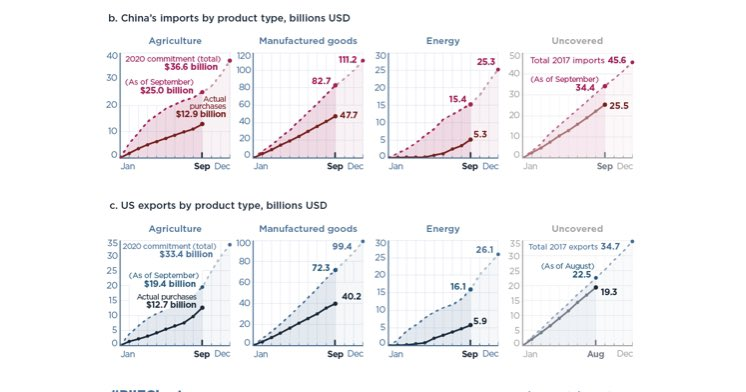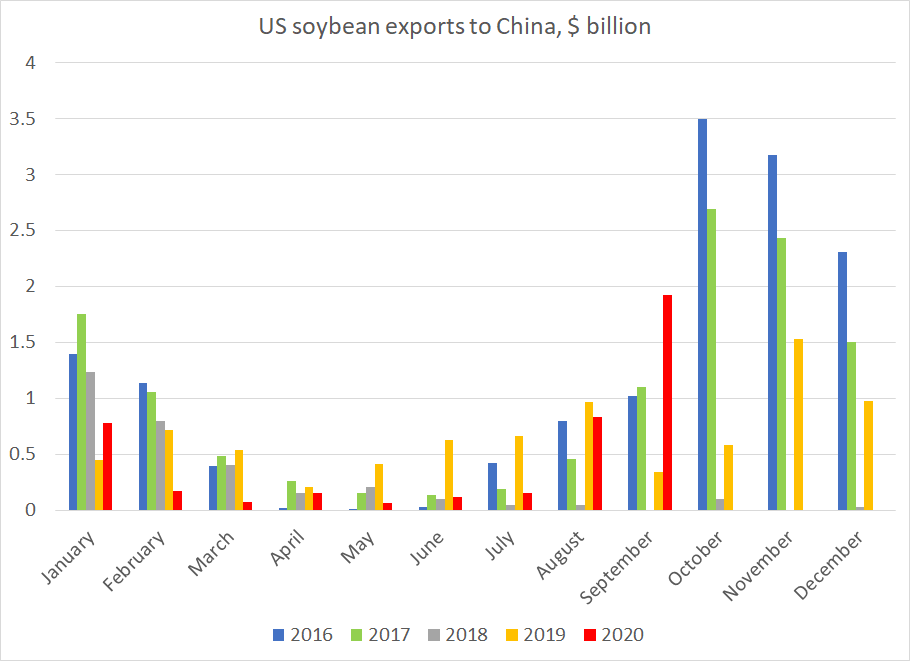
Turkey's banks now have more foreign currency exposure to the government and the central bank than they have to Turkey's firms.
cfr.org/blog/changing-…
cfr.org/blog/changing-…

The Government of Turkey stepped up its local foreign currency denominated debt issuance this summer --
And the banks have lent a ton of fx to the CBRT, which normally would be viewed as a safe exposure but, well, the CBRT itself doesn't have much fx left
And the banks have lent a ton of fx to the CBRT, which normally would be viewed as a safe exposure but, well, the CBRT itself doesn't have much fx left

For the historically minded, Turkey's increased domestic dollar and euro denominated borrowing has some parallels with Mexico's issuance of tesobonos way back in the mid 1990s ...
Cuts borrowing costs, but generates substantial rollover risk
Cuts borrowing costs, but generates substantial rollover risk

It all works though so long as Turkish residents keep putting their savings on deposit in foreign currency in the banks -- the banks then need an fx asset to balance their fx liabilities, as, well they obviously aren't lending a lot of fx to Turkey's firms 

Turkey's government doesn't (yet) have a ton of fx debt -- and most the banks' fx exposure is masked because it is to the CBRT -- but the government and the CBRT together now do have substantial fx debts relative to their (modest) combined fx reserves
It is a somewhat technical blog but also hopefully an interesting one --
The nature of Turkey's balance sheet risks have I think evolved over the last year, and the sovereign balance sheet is now a much bigger source of risk
cfr.org/blog/changing-…
The nature of Turkey's balance sheet risks have I think evolved over the last year, and the sovereign balance sheet is now a much bigger source of risk
cfr.org/blog/changing-…
• • •
Missing some Tweet in this thread? You can try to
force a refresh
















